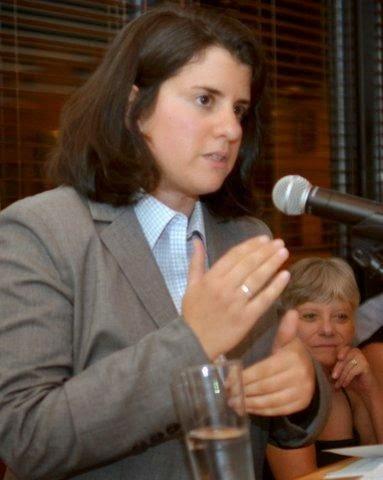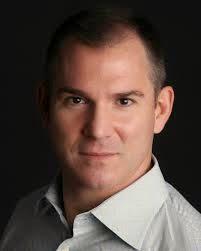 In an essay that has just been published by National Catholic Reporter, Jamie Manson notes that, while the media grab at zingy quotations by Pope Francis about the equality of women, they pay no attention at all to the context in which the pope issues such remarks — a context in which he praises the notion that biological complementarity of the sexes is designed by God to put men and women into their respective places (for women, that place is always subordinate to men), and to make the notion of same-sex marriage unthinkable. Biology becomes destiny in the theology of complementarity, which takes a notion far from the core of Judaeo-Christian revelation and makes it the central hinge on which Christian faith turns at this point in history.
In an essay that has just been published by National Catholic Reporter, Jamie Manson notes that, while the media grab at zingy quotations by Pope Francis about the equality of women, they pay no attention at all to the context in which the pope issues such remarks — a context in which he praises the notion that biological complementarity of the sexes is designed by God to put men and women into their respective places (for women, that place is always subordinate to men), and to make the notion of same-sex marriage unthinkable. Biology becomes destiny in the theology of complementarity, which takes a notion far from the core of Judaeo-Christian revelation and makes it the central hinge on which Christian faith turns at this point in history.Jamie writes,
Complementarity is also used by the hierarchy to defend its opposition to women's ordination. So while Francis fights for equal pay for women in one breath, in the next breath, he extols the virtues of an idea that reinforces women's inequality inside the church's walls.
Though many see the struggle for women's equality and the struggle for LGBT inclusion in the church as separate issues, the truth is that neither women nor LGBT people will achieve justice in this church until the notion of complementarity is dismantled. . . .
Our church leaders must, in essence, stop telling God where God can and cannot be. They must admit that they cannot control how God can and cannot work through God's own people and where God's sacramental life can and cannot emerge. Only then will we have a church that moves beyond the limits of complementarity and into a new life as a true reflection of the justice of God.
 And in the very same day, Frank Bruni writes in New York Times that, though Francis praised women's equality in an offhand comment recently widely publicized by the media, even so, "For all the remarkable service that the Catholic Church performs, it is one of the world’s dominant and most unshakable patriarchies, with tenets that don’t abet equality." He states,
And in the very same day, Frank Bruni writes in New York Times that, though Francis praised women's equality in an offhand comment recently widely publicized by the media, even so, "For all the remarkable service that the Catholic Church performs, it is one of the world’s dominant and most unshakable patriarchies, with tenets that don’t abet equality." He states,For women to get a fair shake in the work force, they need at least some measure of reproductive freedom. But Catholic bishops in the United States lobbied strenuously against the Obamacare requirement that employers such as religiously affiliated schools and hospitals include contraception in workers’ health insurance.
Never mind that only a small minority of American Catholics buy into the church’s formal prohibition against artificial birth control. Some Catholic leaders don’t merely cling to that hoary stricture; they promote it, despite its disproportionate effect on women’s autonomy.
And:
But the church’s refusal to follow some other Christian denominations and ordain women undermines any progress toward equality that it trumpets or tries. Sexism is embedded in its structure, its flow chart.
I hear a pretty clear message here to this pope from the people of God, who are, after all, the church. I wonder if others do, too.
More than that, I wonder if Francis and the rest of the hierarchy are capable of listening. Up to now, I haven't been persuaded that they're willing, many of them, to pay much attention at all to Vatican II's retrieval of the ancient biblical and patristic notion of the church as the people of God, and to what that notion means about how they exercise pastoral leadership and the teaching office in the church.
And as long as they refuse to listen, then the people of God, many of us, will also stop listening to them. Something that bodes very badly for the viability of the Roman Catholic church in the 21st century, insofar as it does not want to continue to be branded as a privileged boys' club for heterosexual males that appeals primarily to cultures in which women are still firmly under the thumb of men and gay folks dare not show their faces without fear of violence . . . .
The photo of Jamie Manson is from Dignity Chicago. The photo of Frank Bruni is from New York Times.

